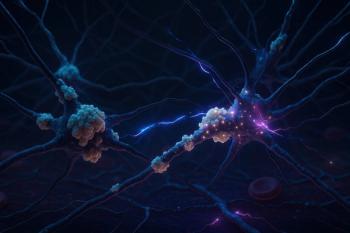
- Vol 34 No 5
- Volume 34
- Issue 5
Introduction: More Dives and Intellectual Jujitsu
An overview of the DSM diagnostic system, the medicalization of normal variants of human behavior, and physician-assisted suicide.
Perhaps no branch of medicine has been the subject of so much controversy as psychiatry. Almost everything about our profession has been doubted and debated: our assumptions about the nature of psychiatric disorders from psychoanalysis to neuropsychiatry, and our interventions from ECT to CBT. Those who query and quarrel are often from outside the fold of the profession, albeit at times with help from insiders like the late great Thomas Szasz.1 Recently, the most impassioned polemic has frequently come from other mental health disciplines-those closest to us always know our weaknesses best. The intrinsic division within our own house has also been the subject of T. M. Luhrmann’s ethnography of psychiatry.2
As of March 2, 28 states and the District of Columbia have approved medical marijuana, and there is an ever-burgeoning list of psychiatric conditions that meet the criteria for state programs-despite the concerns of many psychiatrists about the increased risk of psychosis, especially for those individuals with a diathesis.3 Yet this is also regrettably a topic on which there has been rhetoric that too often obfuscates reason on both sides. Christopher Fichtner, MD, and Howard Moss, MD, may prolong the controversy by providing more of a
No issue in psychiatry has been as contentious and protracted as the arguments and counterarguments over the DSM diagnostic system. In our own social life, most of us have learned that there are subjects where the disagreement is so intense we have to change the subject. This is exactly what we have in the article by Bruce Cuthbert, PhD, on the National Institutes of Mental Health Research Domain Criteria (RDoC). Cuthbert discusses this research-based diagnostic system and offers instructive comparisons and contrasts with DSM. The acronym RDoC is the latest chapter in psychiatry’s ongoing story of the search for a holy grail of biological etiology. Those who think this a quixotic or futile quest may take some solace in that any criteria still leave ample room for the judgment and experience of the practicing clinician.
The
References:
1. Szasz T. The Myth of Mental Illness. New York: Harper; 1974.
2. Luhrmann TM. Of Two Minds. New York: Vintage Books; 2000.
3. ProCon.org. The Leading Source for Pros and Cons of Controversial Issues.
4. Pies R, Geppert CM. Not just a matter of semantics. Psychiatric Times. 2017;34(2)6-7.
Articles in this issue
over 8 years ago
Are We Overdiagnosing and Overtreating ADHD?over 8 years ago
Solaceover 8 years ago
The Quiz: Low Back Painover 8 years ago
Medically and Psychiatrically Complicated Patientsover 8 years ago
Challenging Consultationsover 8 years ago
Tardive Dyskinesia: Finally Some Good NewsNewsletter
Receive trusted psychiatric news, expert analysis, and clinical insights — subscribe today to support your practice and your patients.














